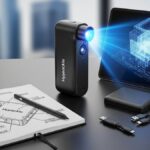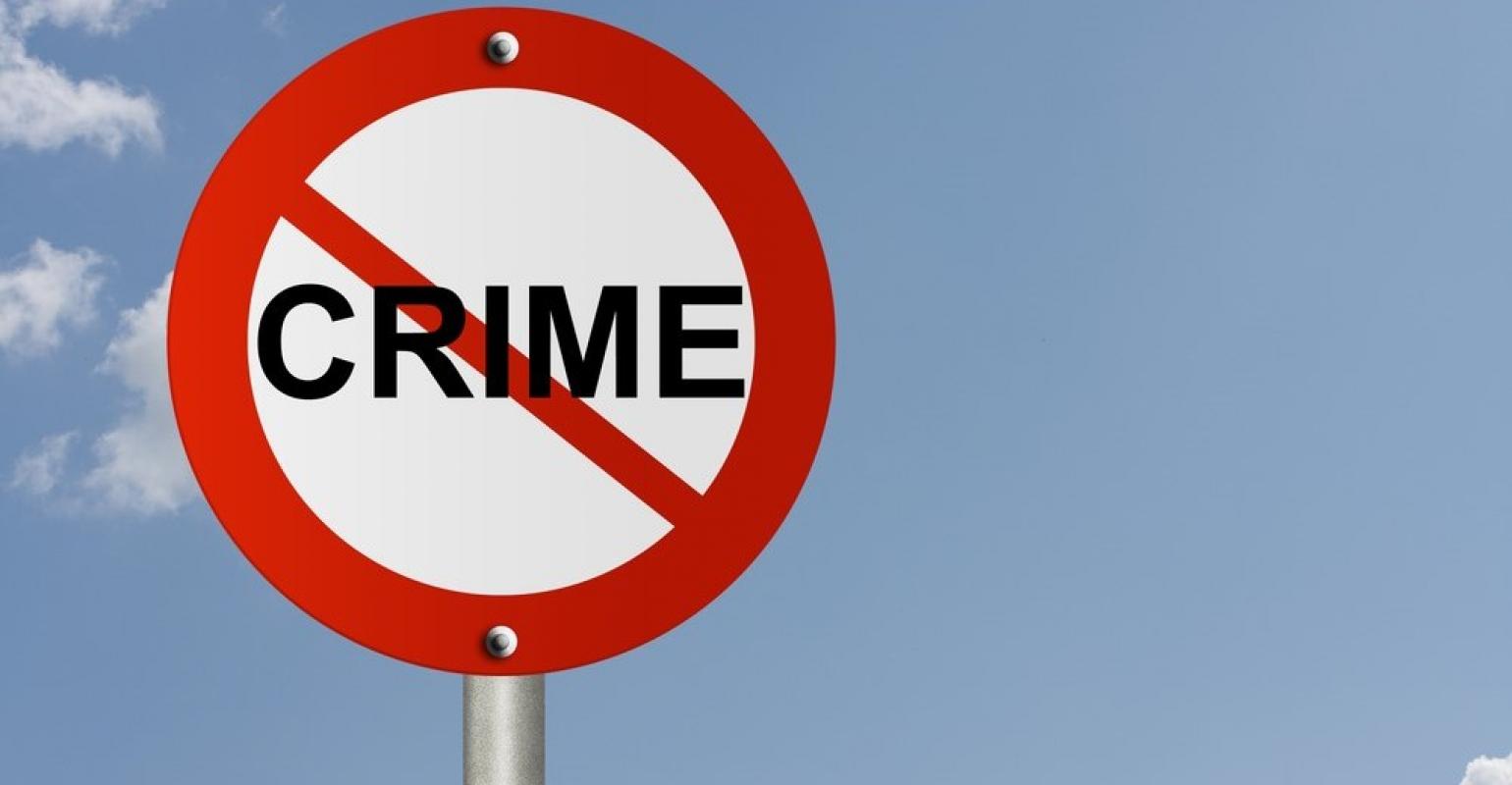The Practical Competitive Shooting world uses some terms and concepts that we rarely if ever, hear from Police Trainers. When I attended my first practical shooting match, I assumed that my police-trained firearm skills were far superior then any local civilians. At that match, I watched with amazement at how fast and accurate a gun can actually be used. I left that match disappointed that I had not seen or been taught that type of shooting as a Police Officer. We, as Police Officers, can utilize the concepts of competitive shooting, and apply them tactically to our own training.
The following describe some of the concepts I use, taken from practical competitive shooting, to teach the use of firearms to employ deadly force. Even though these are not concepts commonly used among police trainers, there is nothing that Ive made up (Im not that smart).
I commonly use the term traditional training to describe those things police trainers have done in the past, where the focus is on target shooting (such as PPC courses, square range, etc.). That traditional training is necessary to teach a beginner how to shoot. Once the basic fundamentals are understood more focus needs to be placed on gun fighting skills, which are not “traditionally” taught.
A simple example is to think about how you shoot during qualifications. I shoot qualifications very relaxed. My gun and trigger manipulations are calm and slow. I focus completely on my front sight to ensure a good hit. My goal is to cut that X out of the center of the target. I purposely ignore everyone around me and focus on my shooting. Does this show understanding of the basic fundamentals of shooting? Yes. Does it have much to do with gun fighting? No.
The following are practical shooting concepts that I use to improve gun fighting skills.
See what you need to see:
Police trainers traditionally teach level and equal light bar sight picture, where the focus is on the front sight. This is only one aspect of what your focus should be to aim a firearm. Keep in mind the goal is to simply place accurate hits onto your intended target.
Aiming is simply pointing your gun at the target and holding it there until the round is fired.
You should always start with a complete target focus. If you do not see the threat in the first place, nothing else really matters. Once you see your threat, you need to have the skill to know exactly what it is you need to focus on to make your hits. If your threat is close, you may not need to move your focus off of your threat at all. If your threat presents a difficult target, you may need that clean crisp front sight focus. Most likely, your focus will need to be somewhere in between.
Your vision is by far the most important aspect of shooting. Your vision also controls the speed at which you can accurately shoot. Once you have seen the threat, the goal is to bring your sights in line with your vision, and then to see only exactly what you need to make your hits (this is not always level and equal light bars). Knowing what you need to see only comes through practice.
You must see what you need to see or you will miss. You should only see what you need to see as everything else is a waste of time.
Flinching:
Traditionally, police are trained “sight alignment” and “trigger control.” We then tell students that they are jerking the trigger when they miss. The main shooter problem is actually very simple dont flinch.
Flinching is your subconscious reaction to the gun going off. When you flinch it results in you pushing your gun around, jerking the trigger, etc. If you do not flinch in the first place, you will most likely not have any of the other issues.
The easiest way to insure you are not flinching is to force yourself not to blink. It does not matter if you shoot one eye open or both. Either way, do not blink. Your eye(s) must stay open while you are firing. The most important part of shooting is your visual input. You cannot get visual input with both eyes closed.
Police are also taught to utilize the “surprise break” method to increase accuracy. The concept of this is that you press the trigger and allow your mind to be completely surprised when the gun goes off thus ensuring you did not jerk or move the gun. I personally take issue with the concept of you being surprised that your gun goes off.
If your eye(s) remain open, you will see if you are moving the gun. The gun should fire when you want it to fire; Never by surprise. To increase accuracy on a difficult shot, simply use the concept of pulling your front sight through the rear. This simply means that you focus on your front sight and as you pull the trigger rearward, you visualize that youre pulling the front sight through your rear sight. There will be no surprise that your gun went off, and there will be no surprise when you look at your target. You will have seen exactly where your front sight was when the gun went off, which will be where your hit is.
You can train yourself not to flinch. Using a safe backstop (no target) place your complete focus on keeping your eye(s) open. Then fire a string of shots (6 to 8) at a speed faster than you can blink. Really focus on seeing your sight move up and back down as you fire. Repeat until you can keep your eye(s) open while firing. This one concept will dramatically change your shooting.
Driving the sight:
This term means that you are forcing your gun back onto target during recoil. If we were training to be target shooters, it would be fine to fire a round, let the gun recoil, and then let the gun lower back onto target. We, however, are not target shooters and letting the gun drive you is slow.
When tasked with fast aggressive fire you need to drive your gun. Using proper stance and grip you should be forcing your gun back onto target the instant a round is fired. If your eyes remain open you will see your sight come back down onto the target. Once you see what you need to make another hit, you can fire again.
There is a timing issue with driving the sight. Remember, aiming is pointing your gun at the target and holding it there until the round is fired.
Think about a poor shooter you have seen when their gun has gone click (no round fired) and the muzzle of the gun takes a nosedive. If this shooter is missing the target, what you saw was a flinch.
Now think about a good shooter you have seen when their gun has gone click (no round fired) and the muzzle of the gun takes a nosedive. If this shooter is cutting out the X ring on the target you, did not just witness the shooter jerk their gun. What you saw was the shooter subconsciously driving the gun back onto target after the round should have gone off.
Split Time:
This is the time between two fired rounds. For example, if I asked you to draw and fire two rounds on target, your split would be the time between when the first round and second round was fired.
This term is important as it is not acceptable to double tap or ever fire a round that is not purposely aimed. Your split time should incorporate your recovery from recoil and pointing the gun back onto the target (driving the sight). This is achieved by vision along with proper stance and grip on the gun.
A good split time for a Glock pistol (close easy target) is around .20 seconds. A good training drill to improve your split time is a “Bill Drill.” Stand at five yards from target. Draw and fire six rounds. The goal is to have a one-second first round (draw) followed by five more rounds with .20 second splits. A two-second Bill Drill, shooting all rounds into a target the size of an 8 ½ X 11 piece of paper, is a good benchmark. It should be noted that your draw time is greatly affected by what holster you use. A one-second draw is good for a level one, or kydex type holster. Add .25 seconds for each increase in security level. Obviously, I would encourage the use of some level of security holster and think it is acceptable to give up some draw speed for more security. You should not use a holster that you cannot draw from in under two seconds.
Target Transition Time:
This is the time between your last round fired onto a target and your first round fired onto a different target. Obviously, your transition time depends on distance between targets and difficulty of the shot.
When shooting multiple targets, an average shooter will fire their last round on the target and then bring their vision and gun back down on that same target.
For faster target transitions, a shooter should do the following. When the last round is fired onto a target, the shooter should move their focus to the next target and then drive their gun onto that target. This can all be done, on close targets, as the gun is still in recoil. The important part is to move your eyes first and then the gun.
For police training, I like to use multiple targets placed close together to signify a threat that is moving. I have students think of close multiple targets during training as a single moving threat. This is easier and less time consuming than setting up a bunch of movers. This also works well for ranges that do not have moving target systems. I will also incorporate multiple targets together in a stage that will put the shooter in motion while engaging.
A good target transition time benchmark is to set three targets at 5five yards in front of you. The targets should be on line with no more than three feet between each target. Now fire two rounds onto each target. The goal is to have your split times and transition times the same as this is faster and more accurate.
So instead of it sounding like:
bangbang ——- bangbang ——- bang-bang
It should all sound the same:
bang- – bang- -bang- -bang- -bang- -bang
It does not really matter what the split and transition time actually are, as long as they are very close to the same. Once this is achieved, you can work on speeding up. You should train to transition between targets moving from both right to left and left to right.
Being able to shoot multiple threats is important, however, the main goal with improving your transition time on close targets is to improve your ability to place fast accurate rounds onto a moving threat.
Even without a timer you can easily tell by feel and sound if your split and transition times were close to the same.
Practice Drills:
See what you need to see:
Place a target at three yards in front of you. Draw and fire a single round the instant your sights intersect your vision. Pay attention to what you saw (sight picture) and compare where your round hit. Practice until you can draw and your front sight comes into focus the instant it is brought up and intersects your line of vision.
From what you saw of your sight can you say where your round hit before looking at your target? Also once you are making good hits go ahead and increase the distance. Then add lateral movement on your draw.
Bill Drills (will work draw, flinching, and split times):
Place a single target five yards in front of you. Draw and fire six rounds as fast as you can put them on an 8 ½ X 11 piece of paper. Do not blink! Watch your sight lift and return.
This is probably the best practice drill to learn fast accurate fire. You can perform this drill from different distances (3yrd to 25yrd). Obviously you will need more sight focus the greater the distance.
Once you get proficient at this drill, try it on the move. Forward, backward, and laterally. Also you can change it to four rounds center mass followed by two to the head. I refer to this as a Law Enforcement Bill Drill.
Target Transitions:
Place three targets five yards in front of you. To start with, just put them side by side. Now execute a Bill Drill, but place two rounds onto each target. Think of them as a single target moving. Drive your gun! As you get proficient, start separating the three targets. As you put distance between the targets, it is important that you move your eyes (vision) to the target you want to shoot and then your gun. Remember the goal is to have your split and transition times the same. This can be done up to about three feet between targets.











